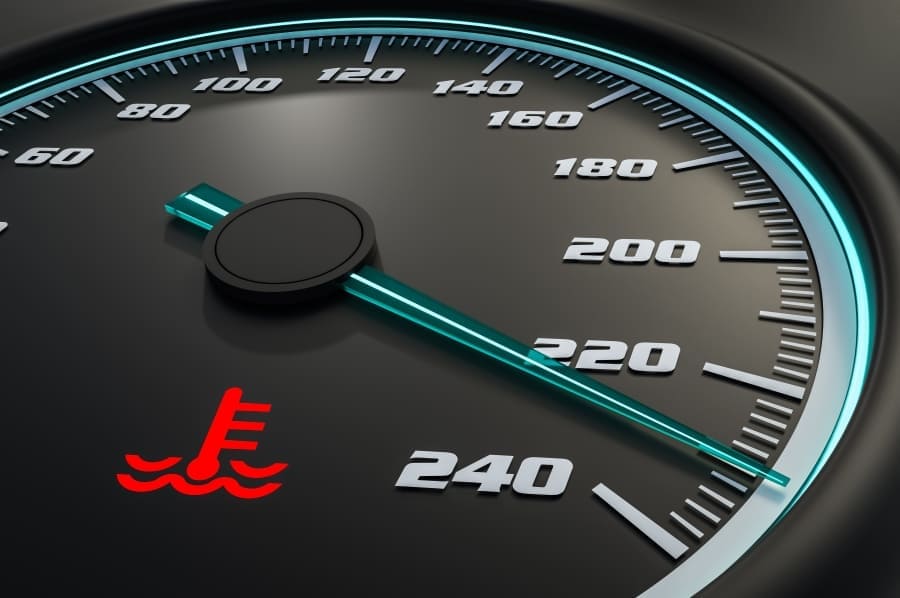
Seeing steam seep out of your car bonnet can be deeply unsettling at the best of times, but we are here to help! It is essential that you are able to spot the signs of an overheating car engine and to respond quickly and calmly to keep yourself safe, as well as your car. This guide will give you everything you need to know to protect your vehicle from heat damage, providing tips on how to extend the lifespan of your engine.
Symptoms of an overheating car
Spotting the signs early will help you to avoid irreversible damage to your car’s motor. Here are a few of the most common symptoms of overheating:
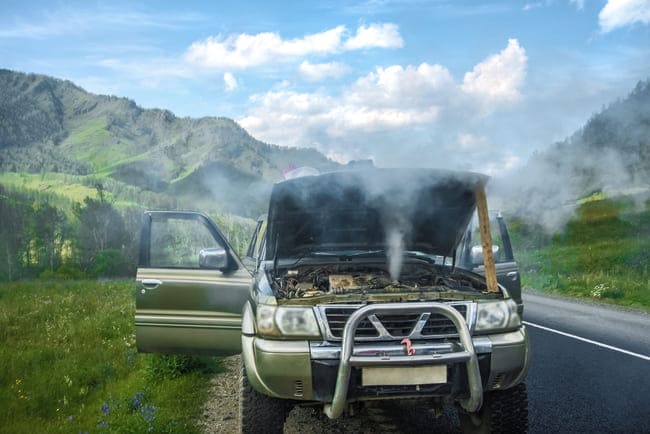
Why is my car overheating?
Although most modern cars feature advanced cooling systems, they aren’t immune to failures. The possible causes of an overheating car engine are numerous. Vehicles normally overheat when the heat isn’t able to dissipate properly in the engine compartment. For example, this could be due to a blockage in the coolant hose or a car coolant leak, or due to a faulty radiator fan or water pump. It can also occur due to sweltering summer weather conditions or a serious problem with the ignition system.
5 simple steps to follow
- Make sure the air conditioning is turned off and switch on the heater
Switching off the air con will reduce the stress on your engine. Turning up the heat may go against your natural instincts, but it will help redirect the warmth away from the engine and into the passenger compartment. This may be a little unpleasant for the driver and passengers, but it should help.
- Pull over in a safe place
Driving an overheated car should be avoided at all costs. The best thing to do is to pull over away from oncoming traffic and turn off the engine to let it cool down. If you’re going to open up the bonnet, make sure to do it from inside the passenger compartment as the bonnet surface and inner components could be extremely hot. Please be aware that boiling fluids or steam could spew out of the engine while the bonnet is open.
- Leave the engine to cool down for 30 minutes
Never open the cap for the radiator or expansion tank before the engine has cooled down. This could result in severe burns.
- Once the unit has cooled down, check the coolant tank
If the coolant levels are low or the tank is empty, there may be a leak. Check underneath the vehicle for puddles or spots of sweet smelling liquid. If the coolant is low but no leak is detected, you could top it up if you have a bottle of antifreeze and water on hand.
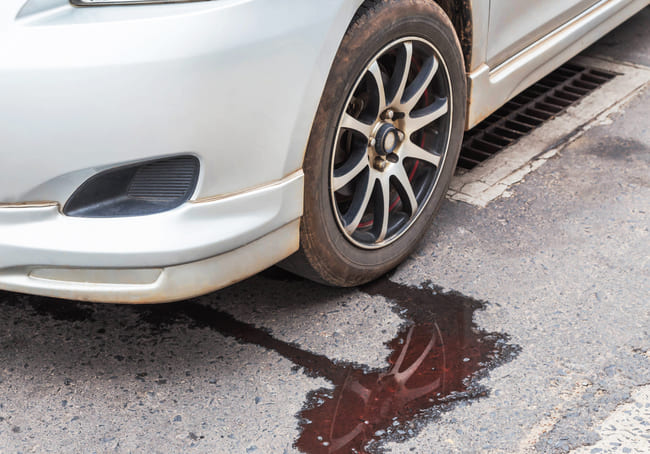
- If necessary call breakdown service or a mechanic for help
It would be a good idea to have the cooling system and engine components inspected by a professional at a service station to get to the root of the problem as soon as possible.
How to prevent your car engine from overheating
Tip 1: Inspect the cooling system and coolant regularly
Keeping on top of antifreeze and water levels is key to maintaining a healthy operating temperature. The interval for flushing the cooling system will depend on the make and model of the vehicle. Some newer coolants can last up to 5 years or 100,000 miles, however, experts generally recommend changing the fluids every 40,000 miles. If you notice any discolouration or debris, it is time to get the system serviced.
Tip 2: Be prepared
It may be a good idea to keep a bottle of fresh antifreeze around in case you need it when you’re travelling. Please note that it will need to be mixed with water according to the correct mixing ratio.
Tip 3: Park in shaded areas during summer or sunny days
This will help to keep your car and its interior cool. You can also invest in some quality car sun shades.



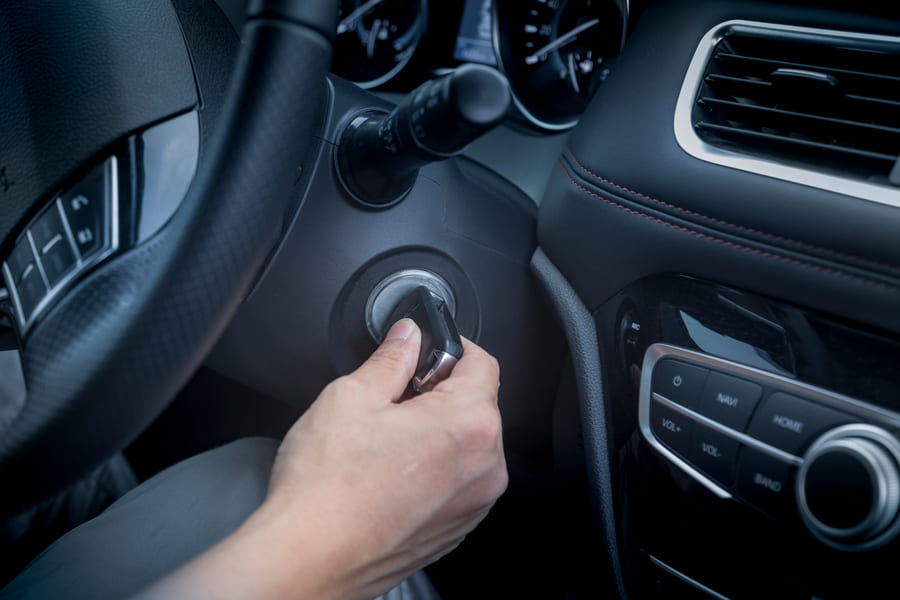


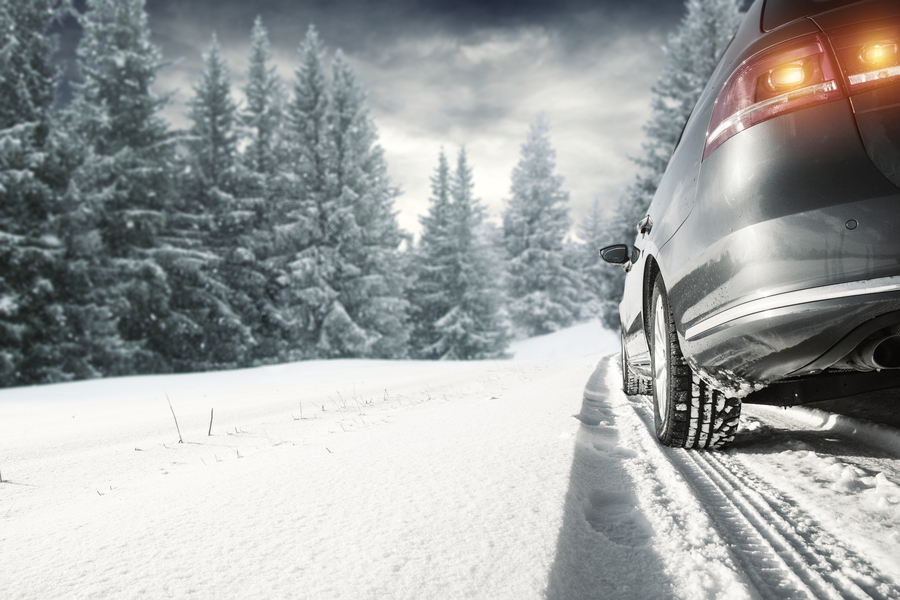
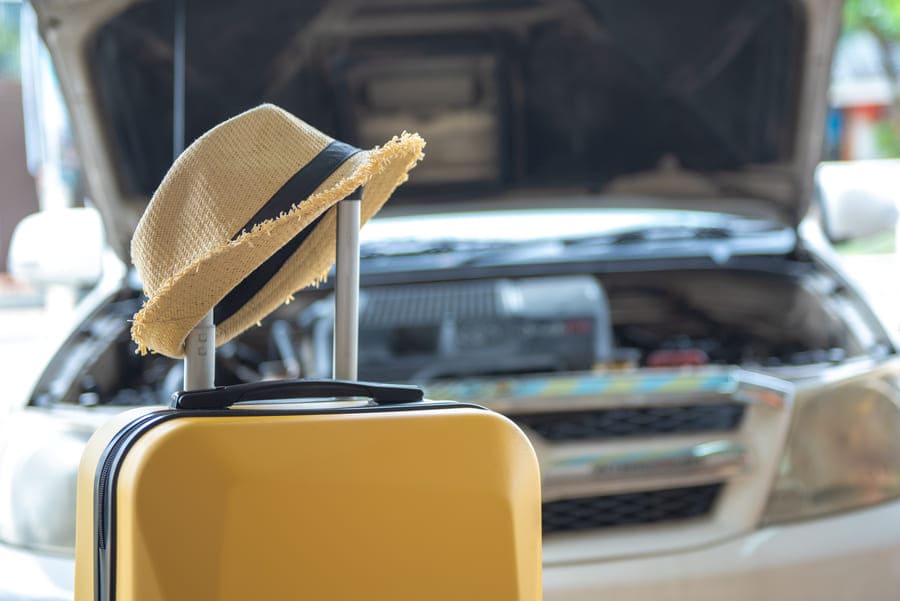
Comment